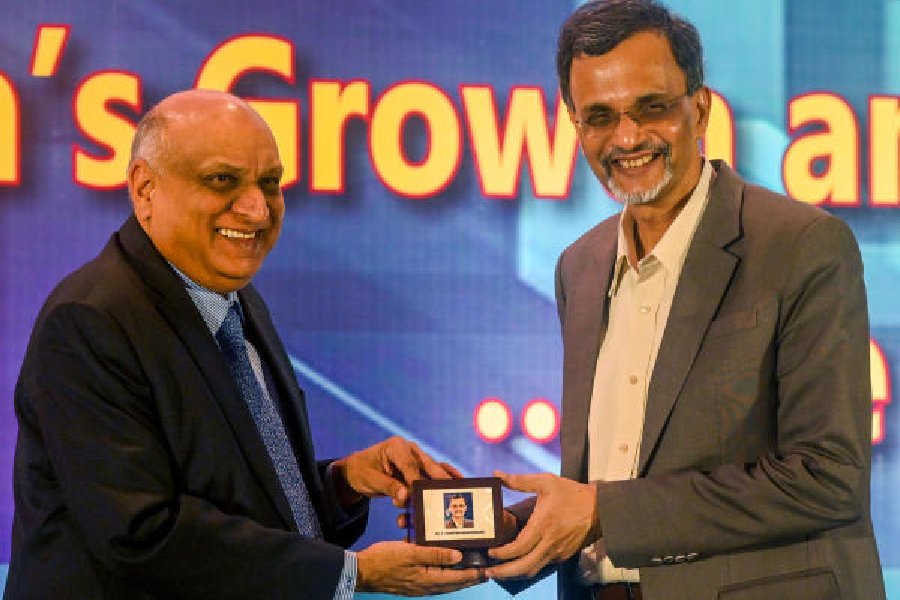India’s growth in FY23 is likely to top 7.2 per cent when the numbers are finally ‘frozen’ down the line, chief economic adviser to the government of India, V. Anantha Nageswaran, said, arguing that the country’s strong macro economic fundamentals could power an upward revision.
The National Statistical Organisation came out with the GDP number for FY23 in May, which is a provisional estimate for the year, backed by stronger-than-expected Q4 GDP growth.
“India’s GDP growth estimates are presented six times, the final estimate for FY23 will actually be with us in January-February 2026. And my expectation and belief is that when the final number for FY23 is frozen, it will be more than 7.2 per cent,” the CEA said at a session organised by Bharat Chamber of Commerce.
According to Nageswaran, the number was just the first reliable estimate of the GDP growth of FY23.
“As more and more data become available, further revisions will be towards even more upside from 7.2 per cent because the momentum that the economy is carrying with it is quite strong,” he added.
The CEA demonstrated that the Q4 growth number of 6.1 per cent was higher than many developed and developing economies of the world.
He argued that GDP growth was led by robust private consumption, whose share to GDP was at a 16-year high, gross fixed capital formation (highest since FY14) and service sector export growth.
According to Nageswaran, the private consumption was mainly led by urban centres but he admitted some pockets of consumption, mainly in the rural areas, are not growing as much as the others.
However, during the Q4, FMCG volumes turned around, signalling a pick up in rural demand, he added.
Moreover, an increase in the minimum support price and MNREGA wages would boost rural consumption, he added.
Going forward, the CEA pointed out two favourable factors that could propel growth.
Strong balance sheets of banks and corporate houses would mean that capital investment would take place, creating employment and income growth.
During his interaction with the members of the chamber, Nageswaran was asked if the advent of artificial intelligence could threaten jobs and how it could affect young people joining the workforce.
“At this point, it can also be a possible source of growth for a country like India.
If these sources of artificial intelligence improve the productivity of the workers and companies can assign fewer people to a given project than they used to do earlier because they can substitute with these engines, it also means that they can take on far more projects than they were able to do earlier.
So in that sense it may not be a lose-lose proposition, it can be a win-win proposition provided we are able to upskill and make our people take advantage of what these tools and new interventions help us do,” he said, cautioning that over a longer period it may have implications for certain industries and job creation.











